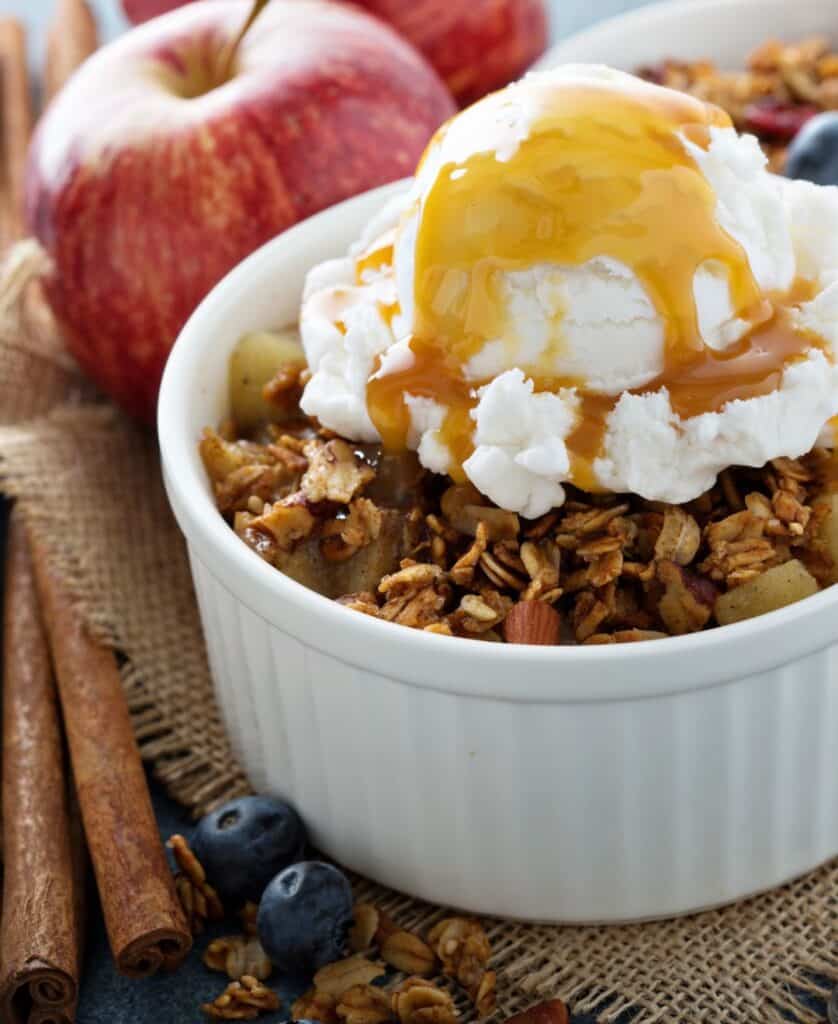There’s simply no other way to put it, people love crispy and crunchy food.
Whether it’s the crunchy, sweet, and salty taste of milk chocolate-covered pretzels, the crispy crackle of their favorite chips, or the light and flaky bite of a buttery pastry or pie crust, there’s just something about these textures that consumers can’t get enough of, especially when it comes to indulgent foods.
But why? And maybe even more importantly for those across the food and beverage landscape, how does this drive purchase decisions and influence future developments?

How the Psychology & Sensory Appeal of Crunchy Foods Influence Consumer Behavior
“Textures like crunchy or crispy play a major role in how much you enjoy a given food. After all, eating isn’t only about ‘taste’ or ‘flavor’,” says Anne Druschitz, Associate Principal Scientist – NA Applications & Corporate Research Chef at Edlong.
“From the way something looks and smells, to how it feels and sounds as you bite, chew or drink it, the combination of all of these sensations and the positive feedback loop they create makes it truly a multisensory food experience.”
In addition to adding enjoyment and pleasure to the eating experience, there may be historical or evolutionary reasons why we crave crunchy food.

In the same way that experts postulate that our love for sweet, fatty, and salty foods was mainly due to either their scarcity or necessity for survival, some believe that the immense satisfaction created by crunchy foods operates by a similar mechanism.
According to anthropologist John S. Allen from the University of Southern California, the snap and crispiness of things like fruits and vegetables indicated their freshness and, in turn, whether they were safe to eat or not.
Beyond providing early food safety data to our ancestors, Julie Drainville, Edlong’s Director – Global Sensory & Innovation explains the need for developers to account for the “multisensory” aspect when crafting crunchy and crispy textures, “When food developers are considering how to measure foods for crispness and crunchiness they need to account for sensory, mechanical and acoustic methods. There is also a temporal aspect to texture, with a difference between the crisp-crunch at first bite vs. during the chew.”
Although there may not be a clear consensus defining the line where “crispy” ends and “crunchy” begins, multisensory aspects such as sound play a key role in consumer acceptability and enjoyment.
Tied to our historical preference for these textures, if a crispy or crunchy snack doesn’t produce the expected sound when biting it, it may be perceived as stale, of poor quality, or using inferior production standards.
Studies from Professor Charles Spence, show that sounds created when chewing can also impact how we perceive taste. His research indicated that consumers preferred cracking and crunching sounds in the range of 90-100 decibels.
According to Drainville, different textures not only affect the multisensory perception of flavor and taste but can actually determine how flavor compounds are released.

“When you bite, chew, or drink a product, aspects like the texture or viscosity will help determine flavor impact and duration. For example, a thicker beverage or creamy dessert will provide a coating effect for a longer impact. Looking at something that is crunchier like cookie or chip, depending on its ingredients, the act of chewing will allow the compounds to mix with and dissolve in the saliva, for an entirely different experience.”
While the average shopper might not be aware of the science and psychology behind these choices, leveraging them is key for meeting changing demands and crafting future innovations.
The Future of Crunchy Food Innovation
“When it comes to drivers of liking, taste is definitely king. However, we can’t forget that texture is queen,” says Drainville.
She stresses that the importance of delivering on consumer expectations for texture cannot be understated and that a growing portion of that is offering a variety of products with mixed textures.
“Dishes with interesting and unique texture pairings are common in high-end and fine dining restaurants, but now everyday consumers are seeking similar eating experiences for the variety that they bring,” says Druschitz.
These can be simple and classic, like the gooey marshmallow and melty chocolate crunchy graham cracker in a s’more, to a caramel crunch ice cream, or a speculoos crunchy cookie butter.

However, Druschitz believes younger consumers want something new, different, and exotic from their crunchy, crispy snacks.
“International travel isn’t slowing down, and the younger generations are using this as a chance to explore new flavors, tastes, and textures. Maybe it’s from going there and trying to recreate these experiences when they come home, or maybe they’re inspired by social media. Either way, people want to get outside of their comfort zones with food like I’ve never seen before.” This desire for global tastes and textures pairs perfectly with the demand for healthy crunchy foods.
Sweet brown profiles like churros, dulce de leche, or Irish cream can add new layers of indulgence to healthy crunchy snacks from bars to trail mix, and many others.
At the end of the day, whether it’s a healthy indulgent snack, an exotic, decadent dessert, or a nostalgic treat, successful innovations must deliver both incredible tastes and that craveable crunch.
Hungry for more? From smoked sugar to sous vide, learn about the science and innovations reinventing Sweet Brown Flavors. Read our in-depth look here.
About the Author:
Anne Druschitz, Associate Principal Scientist – NA Applications & Corporate Research Chef

Topics: Dairy flavorsSnacks & bakerySweet dairy flavors
Resource Type: Article
